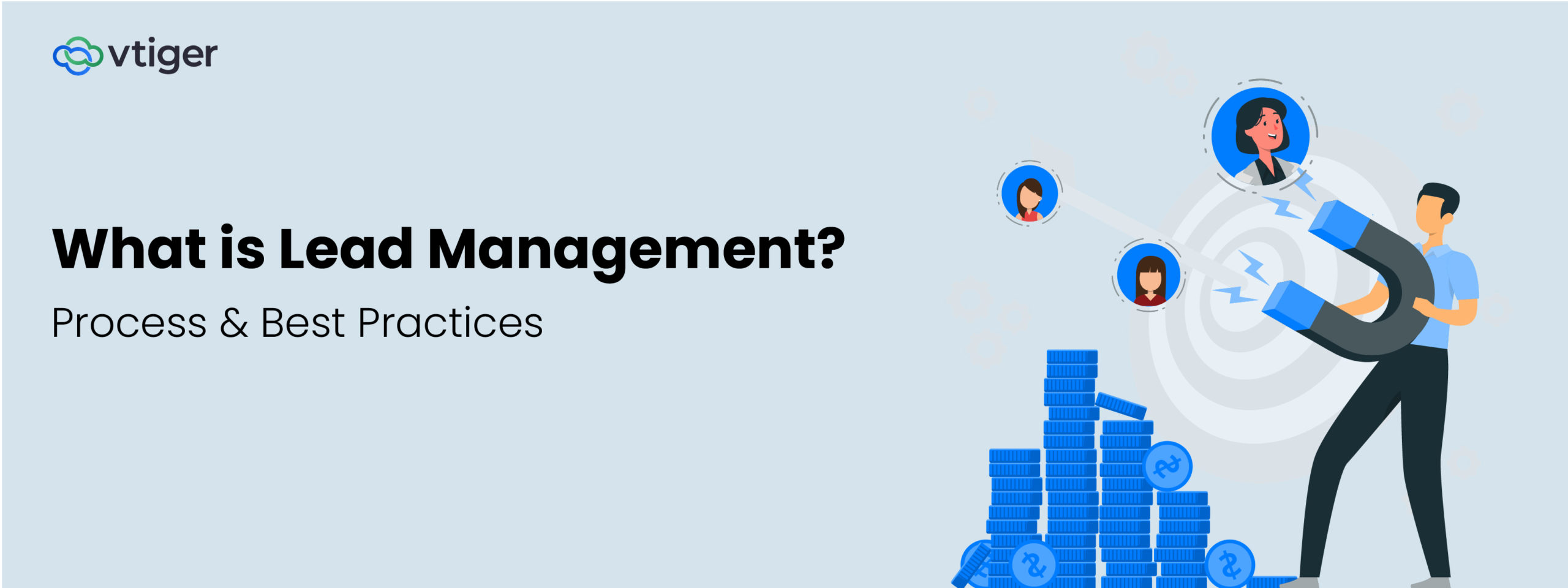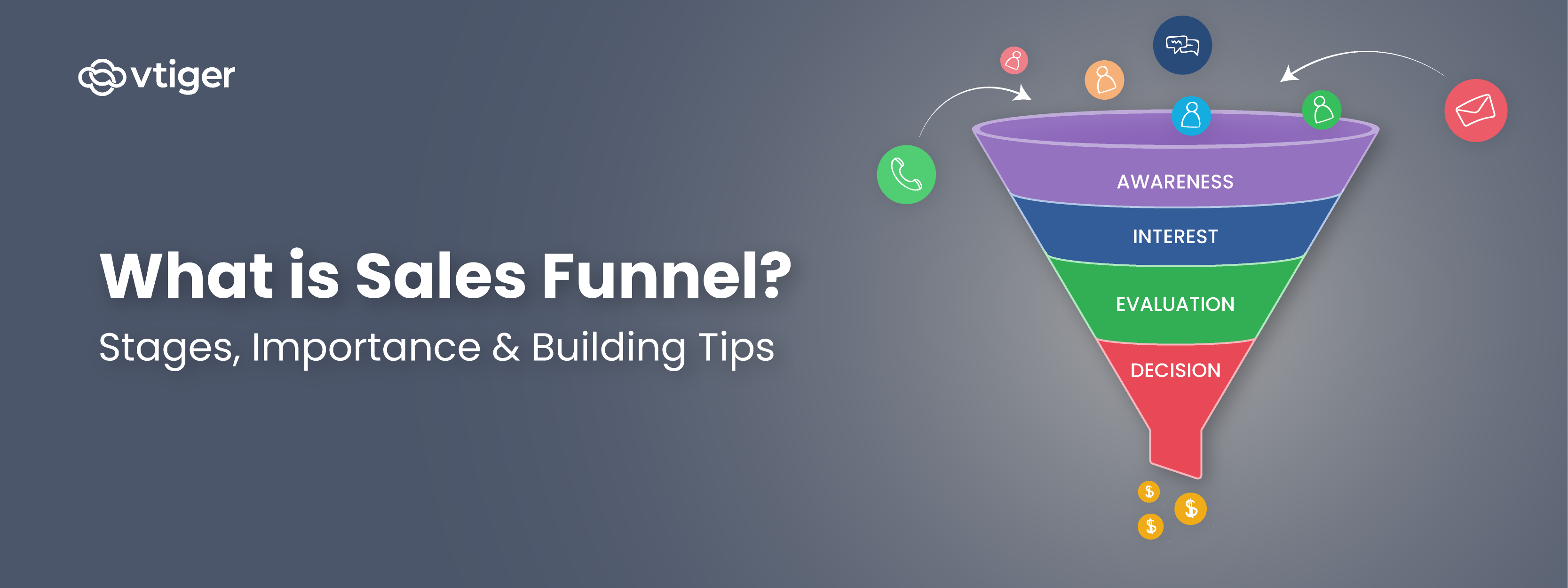“Humans are not ideally set up to understand logic; they are ideally set up to understand stories.” Roger Schank.
I can still remember college, where the only class that emphasized storytelling in a business setting was my marketing class. Not as a tool to craft meaningful relationships, but one to create impactful messages in your marketing content. It wasn’t until I entered the workforce that I found the benefit a good story can have on the sales side. Not only can a great story help with retaining information, but it can help open up better dialogue.
When approaching storytelling in a sales environment, there are three primary benefits I would like to cover.
Information Retention
The Information Age we are in today surrounds us with noise. This constant barrage of advertisements both within and outside of our jobs makes it difficult to focus. Managers and others higher up in a company will likely find this to be more common. They are flooded with emails and calls from salespeople. It is more important than ever to find ways to stand out from the crowd.
Storytelling is one of the tools that can allow you to do so. In an article written by Judy Wills, she sums up how this is possible, “The experiences we have with narratives starting as young children establish supportive conditions in the brain for learning and remembering, based on a foundation of emotional connections to the experience of being read to or told stories.”
This concept of storytelling translates well into both sales emails and conversations. Take the example below for a CRM sales scenario:
Non-story-based selling: “Vtiger CRM can help increase your sales by up to 29% and your team’s productivity by up to 34%. Our easy to use interface allows you to quickly find and update customer information. With our accounting and telephony integrations, you will find that all of your conversations and company activities can be tracked and handled within one software platform.”
Story-based selling: “Your company reminds me of a small insurance company I helped recently. When they approached us, they were having difficulties in closing sales. We found that their primary issue was inconsistent and even missed follow-ups with interested prospects. Our CRM allowed their sales team to follow-up consistently with those prospects and gave easy access to the customer information to create more meaningful conversations.”
Although these are not perfect examples, I wanted to show the disparity between the two approaches. Throwing out irrelevant statistics can end up taking the customer out of the conversation. The same can be said for bogging the dialogue down with an unneeded focus on features the prospect may not need immediately.
Take a look at the story-based example. In the first sentence, I immediately relate the situation to another I dealt with which adds credibility to our product and helps the customer find common ground. Story-based selling also allows you to bring up contextual business problems and lead to how your product or service fixes that issue. I chose not to focus too heavily on specific features or statistics. All of those can come later after the conversation progresses beyond initial interest. Through the story, the prospect is more likely to remember your product, the solution provided, and assign a higher value to it.
The story-based example I gave leads me to the second point I would like to cover, paving the way for customer inquiry.
Paving the way for Customer Inquiry
“The purpose of a storyteller is not to tell you how to think, but to give you questions to think upon.” Brandon Sanderson.
When reaching out to a prospect, specifically through a phone call or online meeting, you don’t want the meeting to be a one-way conversation. In an article on Sales Hacker, it is noted that the highest yielding sales representatives had a talking ratio of 43:57. This means that the prospect was the one talking a majority of the time.
Storytelling makes this possible by relating a previous situation to the prospect while also creating interest and talking points they can ask for clarification on. Take the example I shared earlier. The lack of specifics on how the CRM allows sales representatives to follow-up more consistently creates questions the prospect could ask such as:
- How was the customer information stored and displayed in the CRM?
- How are conversations brought into the CRM?
- Does the CRM integrate with ___?
Through storytelling, you can open up that possibility for questions without resorting to making the sales call feel like an interrogation.
Creating a Personal Connection
It’s no secret that sales is not just a matter of selling your product, but also selling yourself. Relationships are the foundation of sales, especially when dealing with enterprise-level companies. Emotions are still a primary driving force for purchasing decisions and storytelling helps build the foundation for that emotional form of selling.
When selling, it is essential to make it personal. You do not need to share your entire life story, but find something in common such as a shared alma mater, location, or family situation. Even if you do not have something directly in common with the prospect, it is okay to share a fun story unrelated to your product. Creating that personal connection and showing that you are not just there to make a sale can end up being what closes the deal.
Getting better at telling stories
There are many resources available to help grow your storytelling skills, below are just a few I found to be useful:
For me personally, the best way is to simply find a good tv show or book to read or watch. When reading that book or watching the show, pay attention to how the story is being told and replicate that in your sales interactions. Storytelling is a difficult skill to master, but focusing on gradual improvement has the potential to create amazing results in your sales interactions.



